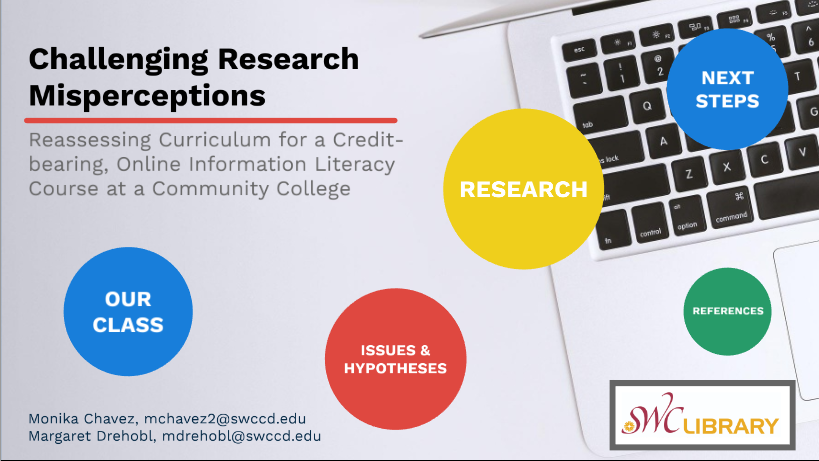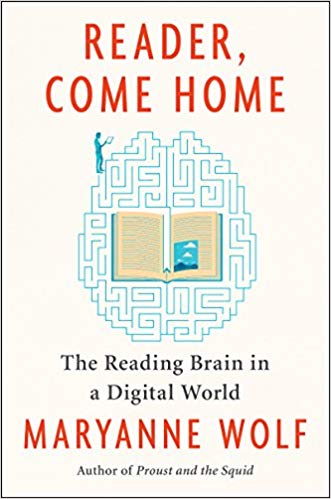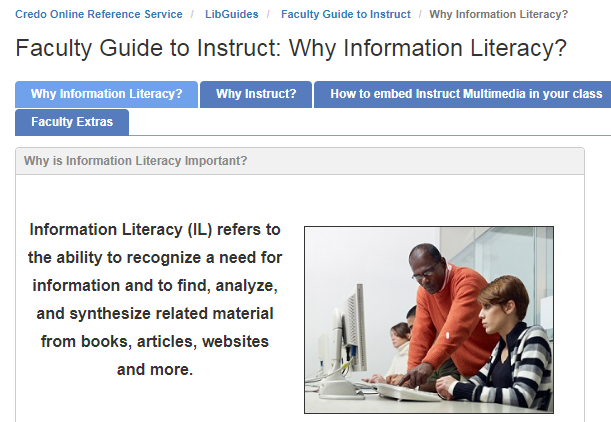Sports analogies are overused in business, but this time we must go ahead anyway, because in her webinar “Creating a Buzz: Getting Faculty and Students Excited About Library Resources,” Brandy Burbante indeed hit it out of the park, scored a touchdown, took it to the house...take your pick!
InfoLit Learning Community
Recent Posts
Learning from Librarians Who Serve a Different Population
K-12 librarians and those who serve college and university students have their own forums—the recent TLA conference would have found many K-12 professionals, for example, while ACRL naturally attracts the post-secondary crowd. The professional literature they read doesn’t overlap much, either, and they may not often visit each other’s libraries, except perhaps as patrons or parents. But there’s so much the two “camps” can learn from one another.
Information Literacy, InfoLit Learning Community, Community Colleges, k-12, Universities
The latest issue of College and Research Libraries includes an examination of how 15 librarians use the ACRL Framework for Information Literacy for Higher Education in their work. “Implementing the ACRL Framework: Reflections from the Field,” by Don Latham, Melissa Gross, and Heidi Julien, reports some good news: the framework is being used by the librarians surveyed, though more it is implicit in their work than explicitly spelled out. Less positive is that some reported librarian and faculty opinions that the document is “too highly conceptual to be practical for students.”
Information Literacy, InfoLit Learning Community, ACRL Framework, Community Colleges
Join the Conversation on Research Misperceptions
As you no doubt tell students, research is a conversation, and this week the conversation involves student misperceptions of the research process.
This is a topic recently explored in a 2018 paper by Lisa Janicke Hinchliffe, Allison Rand, and Jillian Collier, all librarians at the University of Illinois at Urbana-Champaign. Their work, “Predictable Information Literacy Misperceptions of First-Year College Students,” in turn continued a conversation, as it leaned on Understanding by Design by Grant Wiggins and Jay McTighe (2005), a seminal book on instructional design that discusses how, in all fields, “any domain of learning, instructors will have developed a sense of the typical errors learners make.” In their paper, Hinchliffe, Rand, and Collier describe a study they performed (the research-gathering step of the study was sponsored by Credo and Hinchliffe presented a related Credo webinar) in which they interviewed librarians about first-year students’ misunderstandings about the research process. Freshman students, they found,
The ACRL Frame "Information has Value": On Screens Near You!
If you are using the ACRL Framework for Information Literacy for Higher Education in your work, you’re challenged with teachings students the ins and outs of how the articles, books, and websites they use in their research come to be. Particularly when considering the frame “Information has value,” students must learn about the business of scholarship—who produces it, what they produce, who controls what makes it to library shelves, and where the money goes.
Reading and Writing on a Screen: Benefits and Drawbacks
Your students likely do most or all of their writing using a computer, tablet, or other device with a screen. A few brave souls may even compose papers on their phone. Much of their reading is done online and otherwise on-screen, too. What are the benefits and drawbacks? What does it mean for creativity, learning, and critical thinking? Encourage students to examine their information consuming and producing habits with the following articles and book that should get them thinking about how different methods of reading and writing are best for different situations and individuals.
Webinars on Accreditation Tips, Faculty Outreach, and More
Ready for some brief and free professional development? Try the webinars that are archived in Credo’s InfoLIt Learning Community. Each one is an hour long and presents an expert or group of experts on some aspect of information literacy. Some of the offerings focus on best practices and tips regarding Credo’s learning tools, but many others highlight pedagogical practices, successful IL programs, and ways of reaching students and faculty with your IL work. The webinars are available at the Webinars and Events section of the community, with some recent programs including:
Serving Different Age Groups? Try Some Crossover IL Content
Particularly if you’re in a public library, the material you use to teach information literacy to patrons has to work for those with different IL levels and needs. The following are examples of materials you can use to check different age-level boxes. Remember too that other items you find can often be tweaked to suit your patron population; part of the skill involved in IL work is adapting the resources you find to match local needs.
Credo has developed a new LibGuide that can help introduce our Instruct product to your faculty. The guide discusses why information literacy is important and how Instruct can help improve student performance without taking away valuable class time. Please feel free to copy our LibGuide and customize it—the spots where you should add links to your institution’s subscription are highlighted in red.
Information literacy librarians (correctly) teach students to evaluate the websites they use for papers and other academic purposes by looking at features such as the site’s domain, its appearance, who the author is, etc. These are necessary steps, but there are increasing calls for evaluation to be broader. Mike Caulfield’s Web Literacy for Student Fact Checkers, for example, encourages “lateral reading,” an approach that involves reading “about” a website or other source in addition to reading and analyzing the source itself. Lateral reading of a website involves a short scan of the site followed by researching its ownership and what other sources say the site to help decide whether the information there can be trusted or not.









